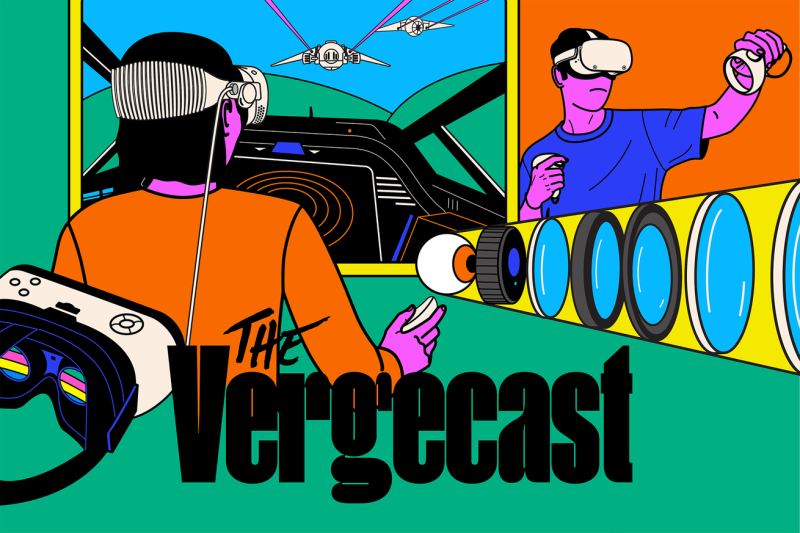In the age of cutting-edge technology, the boundaries between the real and virtual worlds are becoming increasingly blurred. The rapid advancement of virtual reality (VR) has allowed individuals to immerse themselves in digital environments that replicate and, in some cases, surpass the physical world.
One notable aspect of VR is its ability to transport users to distant or unreachable locations. By donning a VR headset, individuals can explore and experience exotic locales, historical landmarks, or even fantastical realms without leaving the comfort of their homes. This technology opens up a world of possibilities for those who may be limited by physical, financial, or other constraints that prevent traditional travel.
Moreover, VR has revolutionized the way we perceive and interact with information. Educational institutions and companies are harnessing the power of VR to create immersive learning experiences that enhance comprehension and retention. Complex concepts can be visualized in 3D, allowing students to engage with the material in a tangible and memorable way. Similarly, businesses are leveraging VR for training purposes, enabling employees to practice real-life scenarios in a risk-free environment.
The entertainment industry has also embraced VR as a means of enhancing storytelling and audience engagement. VR experiences offer viewers a unique perspective within a narrative, allowing them to feel truly present in the story unfolding around them. Gaming, in particular, has been transformed by VR, with players able to step into fully realized worlds and interact with characters and environments in ways never before possible.
In addition to its recreational and educational applications, VR has also demonstrated its potential for therapeutic use. Medical professionals are exploring VR as a tool for treating phobias, post-traumatic stress disorder, chronic pain, and various mental health conditions. By creating controlled environments that mimic triggers or stressors, clinicians can guide patients through exposure therapy in a safe and controlled manner.
Despite its numerous benefits, the widespread adoption of VR comes with its own set of challenges. Issues such as motion sickness, eye strain, and disorientation can affect users, especially during extended periods of use. Furthermore, concerns regarding privacy, data security, and the ethical implications of immersive experiences must be carefully considered as VR technology continues to evolve.
Overall, the integration of VR into our daily lives offers both exciting opportunities and potential pitfalls. As we continue to push the boundaries of what is possible in the virtual realm, it is essential to approach this technology with caution and mindfulness. By striking a balance between innovation and responsibility, we can harness the full potential of VR to reshape our understanding of the world around us.
